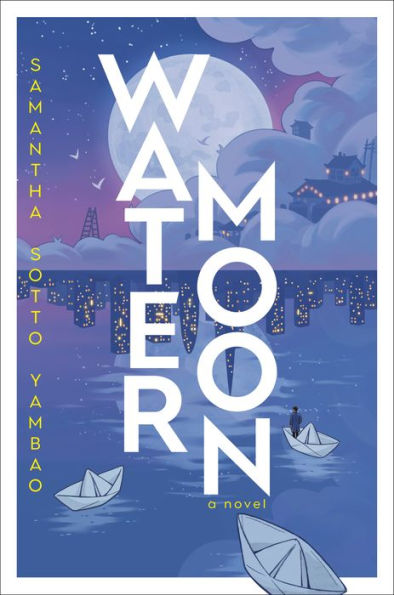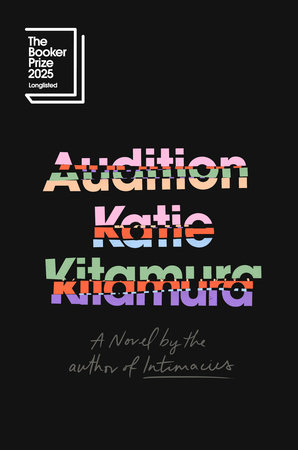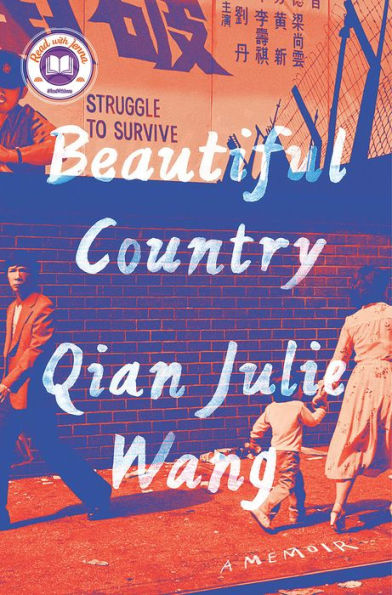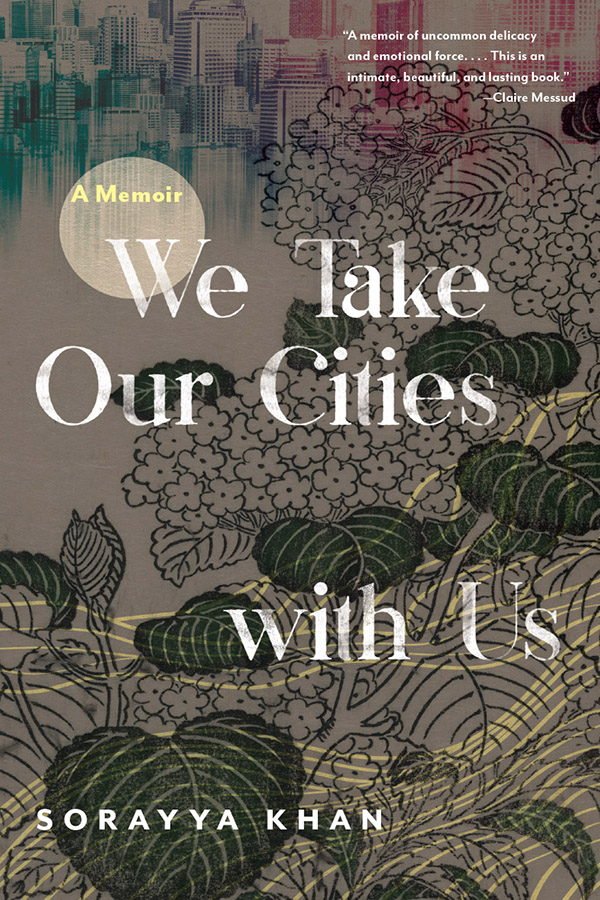A Review of Samantha Sotto Yambao’s Water Moon (Del Rey, 2025)

Written by Stephen Hong Sohn
Edited by Uttara Rangarajan
Samantha Sotto Yambao’s Water Moon (Del Rey, 2025) may be one of the first books of fiction that I’m reviewing that was published in 2025. Yes, I’m behind, but so is everyone else who studies and reads Asian American literature because it would literally be a full-time job now to just be on top of the what is coming out LOL. So, for those in the know, Yambao previously published under Samantha Sotto. Long ago, we reviewed her debut, Before Ever After. I’m not sure why there is a change in the publication name, but that’s more of a detail to us. Between Before Ever After and Water Moon, there was an e-only publication called Love and Gravity. This publication was one of the first moments that I had where I was firmly dismayed by the changing landscape of reading because there were things that were only being published in digital form. I still to this day do not understand why there can’t be a print on demand option for anything that is primarily marketed as digital! We analogue kings and queens still demand our material culture. Water Moon came at a time of really bad insomnia, and I was really happy to have this novel, which really is like some of what the blurbs said, connecting this novel to Spirited Away. Okay, let’s get to that marketing description: “On a backstreet in Tokyo lies a pawnshop, but not everyone can find it. Most will see a cozy ramen restaurant. And only the chosen ones—those who are lost—will find a place to pawn their life choices and deepest regrets. Hana Ishikawa wakes on her first morning as the pawnshop’s new owner to find it ransacked, the shop’s most precious acquisition stolen, and her father missing. And then into the shop stumbles a charming stranger, quite unlike its other customers, for he offers help instead of seeking it. Together, they must journey through a mystical world to find Hana’s father and the stolen choice—by way of rain puddles, rides on paper cranes, the bridge between midnight and morning, and a night market in the clouds. But as they get closer to the truth, Hana must reveal a secret of her own—and risk making a choice that she will never be able to take back.”
This book has a LOT of weird details and weird worldbuilding issues that I didn’t fully understand. For instance, you can travel on rumors or travel through puddles. You can fold paper and thus fold time. You can buy almost anything in this dark shadow world for a price. Choices take the form of birds, which are also souls, and then there are malevolent creatures who want to take these souls because they do not have souls of their own. There are unsouled children who then develop into these malevolent creatures, who seem to be made only of inorganic parts. The description is not entirely accurate I guess, and so I will provide my spoiler warning: have you looked away? If you have not, you will find out that Hana absolutely knows that her father staged the ransacking so that the malevolent overlords of this shadow world do not think Hana is involved and may actually give up on looking for her father. Hana realizes that her father thinks that his wife, Hana’s mother, may still be alive, even though everyone thought she was executed when she failed to deliver a “choice” to those malevolent overlords. Thus, what ensues is really a detective quest. Hana is eventually accompanied by a physicist who happens upon the shop on the same day of the ransacking. The physicist is clearly into Hana romantically, so he’ll pretty much do anything to spend time with her, despite the fact that he’s in a shadow world where physics seem to have no meaning. I’m always the most skeptical about this element of the plot in fantasies only because it seems to stretch credulity—at least to me—that a person will simply go into a dangerous under world without really knowing the stakes of what might befall him. And they are in danger ALL.THE.TIME. But, the true romantics in these readers will love this dynamic duo because they persist in the face of demons, monsters, and everything in-between that might be trying to push them off the path of their quest. Eventually, Hana discovers that her mother is indeed alive, but there is no happy reunion, only knowledge that the world in which she has been born into is structured through various conceits that eliminate the possibility for much free will and agency. The ending was wrapped up a little bit too neatly, and because the worldbuilding rules are so strange, I actually wanted to find out what happened to Hana when she is forced apart from her dashing romantic paramour. And spoiler warning again: they are eventually be reunited but not after a long time apart. On the level of my insomnia, I will say that the novel did its purpose. It helped relax me in a time of great stress and anxiety, and so we sometimes see the salve that fiction can offer, at least in the form of closure.
Buy the Book Here







